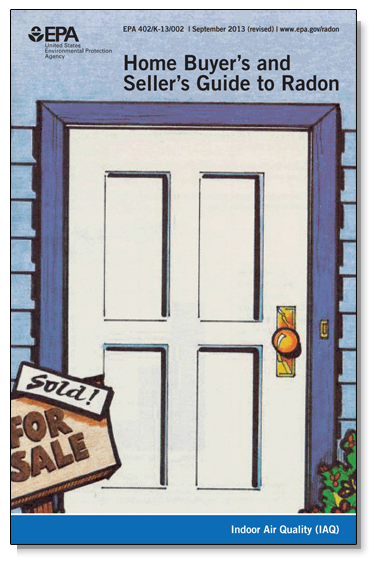Buyers & Sellers
Radon Guidance for Buyers & Sellers
EPA currently recommends that buyers and sellers test their home for radon. If you are buying or selling a home, and need radon guidance, EPA's “Home Buyer's and Seller's Guide to Radon” is a useful guide explaining testing procedures, reduction systems, and tips for buyers and sellers.
Breathing Easy: What Home Buyers and Sellers Should Know About Radon (13:11)
New technologies allow homes to use radon-resistant systems. Talk to your builder to design a new house to be radon resistant by implementing radon-resistant construction techniques. If buying a new home, EPA suggests asking if radon-resistant construction features were implemented and tested. Some radon resistant features include a gas permeable layer, plastic sheeting, sealing and caulking, a vent pipe, and a junction box. EPA also provides guidance explaining How to Protect Your Family from Radon When Buying a Newly Built Home.
The only way to know verify that a home does not have a radon problem is to test the home for radon. If levels are high, you should seek action for elevated radon. A helpful guide to radon reduction is "Consumer's Guide to Radon Reduction." It may also be important to check your area's potential for elevated radon levels. Learn more about radon levels in Texas.
More information is available on the EPA radon website. There is currently no required, state-specific certification in Texas. However, the EPA only recommends NRPP-certified radon inspectors and mitigators.
Quick Links for Buyers and Sellers
Radon
-
Address
911 Boston Ave | Box 41023 | Lubbock, TX 79409-1023 -
Phone
806.834.0370 -
Email
kayleigh.millerick@ttu.edu

